For Jonathan Plucker, one of the nationally prominent scholars attracted to the University of Connecticut by an ambitious new faculty hiring plan, a move to Storrs is both a new beginning and a homecoming.
The Montville, Conn. native, who has become widely recognized both in and outside his field as an expert in evaluation and educational policy, earned both his bachelor’s degree in chemistry education and his MA in educational psychology at UConn. He joins the UConn faculty from Indiana University, where he was director of the Center for Evaluation and Education Policy.
“This is a great position at a great university, and to have the added emotional investment of coming back home and helping make kids’ lives better where I grew up, that’s a huge attraction,” he says. “There’s so many good people doing work at UConn, it’s so darn exciting to think about the possible collaborations.”
Plucker was recruited to UConn as part of President Susan Herbst’s plan to hire 500 tenure-track faculty members over the next four years, an expansion of teaching and research capabilities unprecedented in higher education.
As part of that initiative, UConn is looking to hire not just up-and-coming scholars eager to make their reputations, but established academics who can already boast significant contributions to their field. That’s why Plucker – who has provided research and insight to education policymakers around the U.S. and in several other countries – is such a good fit, says Neag School of Education Dean Thomas DeFranco.
“I am very excited about Dr. Jonathan Plucker joining the Neag School of Education,” DeFranco says. “He is a nationally recognized scholar and will be leading a team of top researchers in the area of evaluation and educational policy. His work will impact educational policy at the state and national level, and will make a positive difference in the lives of K-12 students across the nation.”
Plucker arrives at UConn during a time of tremendous change in education, not just in Connecticut but around the country. Growing federal involvement in public schools has spurred states to craft reform legislation of their own, like the landmark bill signed into law this year by Gov. Dannel P. Malloy, which includes a role for the Neag School in helping to evaluate how some of the law will work.
“One interesting thing we bring to the table is we’ve helped people in other states do similar types of work, so I think we have some insight into evaluating these initiatives,” Plucker says. “The teacher evaluation that Connecticut is starting to do makes perfect sense and seems like it should be straightforward, but it made perfect sense in Tennessee, Delaware, and Indiana, among other states, and it has turned out to be quite complicated. But we’ve learned some lessons about how it works and how it can be tweaked that I hope we can provide.”
Among the most pressing issues in education, Plucker says, is what educators and policymakers call the “achievement gap” – the disconnect between the achievement of some schools and the challenges of others, occasionally even within the same school system.
“According to international and national data, we have some children in the U.S. who are learning at a Third World level, and yet some kids learning at the highest possible level. And that’s the question: Why do we have this gigantic spread?” Plucker says. “It’s a tremendous problem, but it’s also a tremendous opportunity, because if Connecticut can figure this out, it becomes a national leader in this vital area.”
In his work, Plucker has also pushed back against the notion that seemingly daunting challenges in education will take decades to address, an attitude he says is unacceptable.
“A major change in education over the past 20 years is that the traditional American attitude of ‘We need to address child poverty, but until we do, there’s not much to be done to help those kids in school’ is no longer acceptable. We need to tackle these problems aggressively,” he says. “And at the same time, we need to acknowledge that we also have amazing education success stories in this country, and we need to provide our most successful schools, teachers, and students with support to allow them to continue achieving at world-class levels.”
Before he can start helping Connecticut and other states fix what’s broken in the public schools, though, he’s got a more pleasant task: getting acclimated to a campus that’s quite a bit larger than when he received his MA in 1992.
“The campus has completely changed!” Plucker exclaims. “But I’d be lying if I said that wasn’t part of the attraction. It shows that UConn understands what it takes to be an elite public university, one that is well integrated with the state. Whenever I talk to anyone on campus – from the President to deans to faculty to students – I come away with the same impression: This is the place to be in higher education right now.”
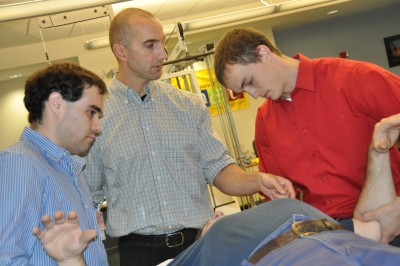
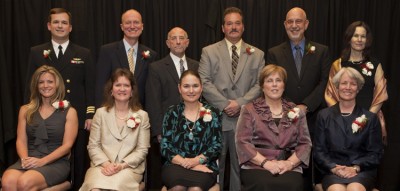
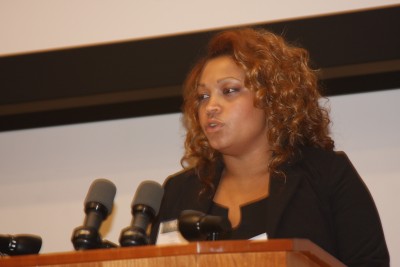
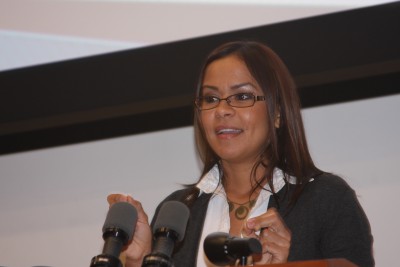

 The Foundations of Reading test, now required for teacher licensure in Connecticut and Massachusetts, does not ensure that prospective teachers will have the knowledge or skills required to be effective teachers of literacy. In fact, the nature of this and other content-specific licensure tests may actually ensure something else altogether.
The Foundations of Reading test, now required for teacher licensure in Connecticut and Massachusetts, does not ensure that prospective teachers will have the knowledge or skills required to be effective teachers of literacy. In fact, the nature of this and other content-specific licensure tests may actually ensure something else altogether.
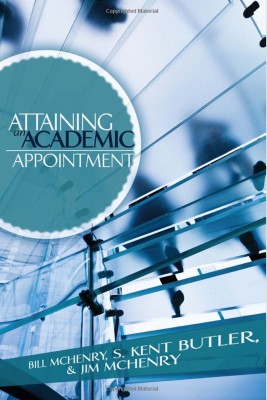 Dr. Richard Schwab,
Dr. Richard Schwab, 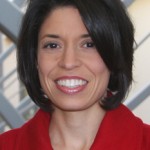 Tutita Casa
Tutita Casa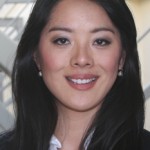 Elaine Choung-Hee Lee
Elaine Choung-Hee Lee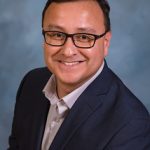 Richard Gonzales
Richard Gonzales
 Allison Lombardi
Allison Lombardi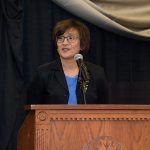 Shamim Patwa, PhD, an assistant professor in residence in the school psychology program, brings to UConn more than a decade of experience working with students, parents and school personnel in urban Connecticut school districts, where she provided behavioral and academic interventions. She was also an active member of a district-wide Scientific Research-Based Intervention Committee. Published several times, her research interests include interventions for intermittent explosive behavior and social skills. A member of both the National and Connecticut Association of School Psychologists, she holds a doctorate in educational psychology from UConn, a master’s in business administration from the University of Colorado and a bachelor’s in economics from Smith College.
Shamim Patwa, PhD, an assistant professor in residence in the school psychology program, brings to UConn more than a decade of experience working with students, parents and school personnel in urban Connecticut school districts, where she provided behavioral and academic interventions. She was also an active member of a district-wide Scientific Research-Based Intervention Committee. Published several times, her research interests include interventions for intermittent explosive behavior and social skills. A member of both the National and Connecticut Association of School Psychologists, she holds a doctorate in educational psychology from UConn, a master’s in business administration from the University of Colorado and a bachelor’s in economics from Smith College.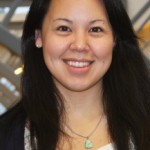 Katherine VanDeveire
Katherine VanDeveire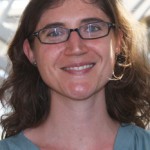
 as the director of alumni relations. In her new role, she joins the Neag School’s Advancement Team, which includes Heather McDonald as director of development and Shawn Kornegay as director of marketing and communications. Wilgis is responsible for managing the Neag Alumni Society Board of Directors, along with planning and executing alumni programs and services that engage Neag alumni with each other and the Neag School.
as the director of alumni relations. In her new role, she joins the Neag School’s Advancement Team, which includes Heather McDonald as director of development and Shawn Kornegay as director of marketing and communications. Wilgis is responsible for managing the Neag Alumni Society Board of Directors, along with planning and executing alumni programs and services that engage Neag alumni with each other and the Neag School.